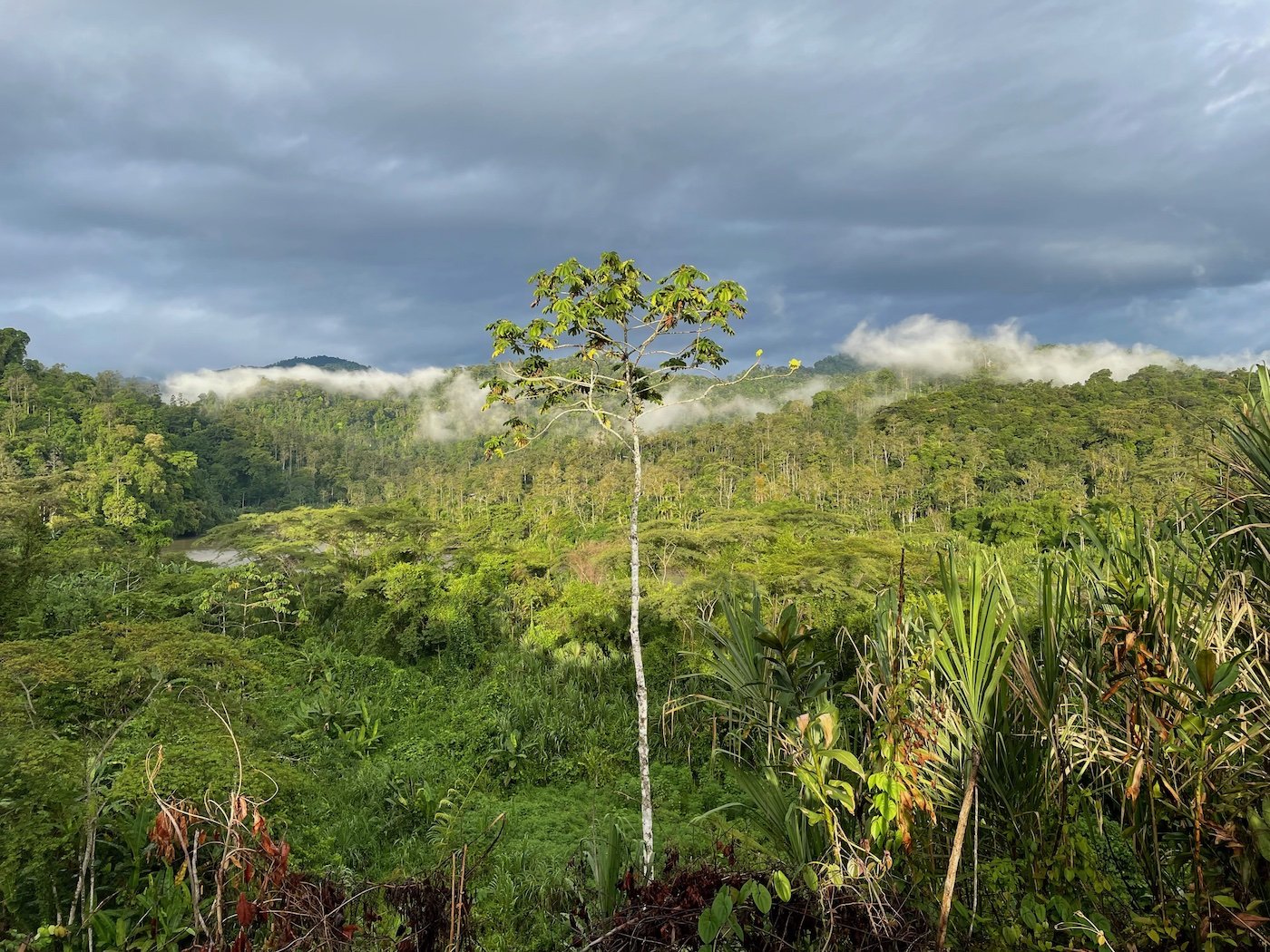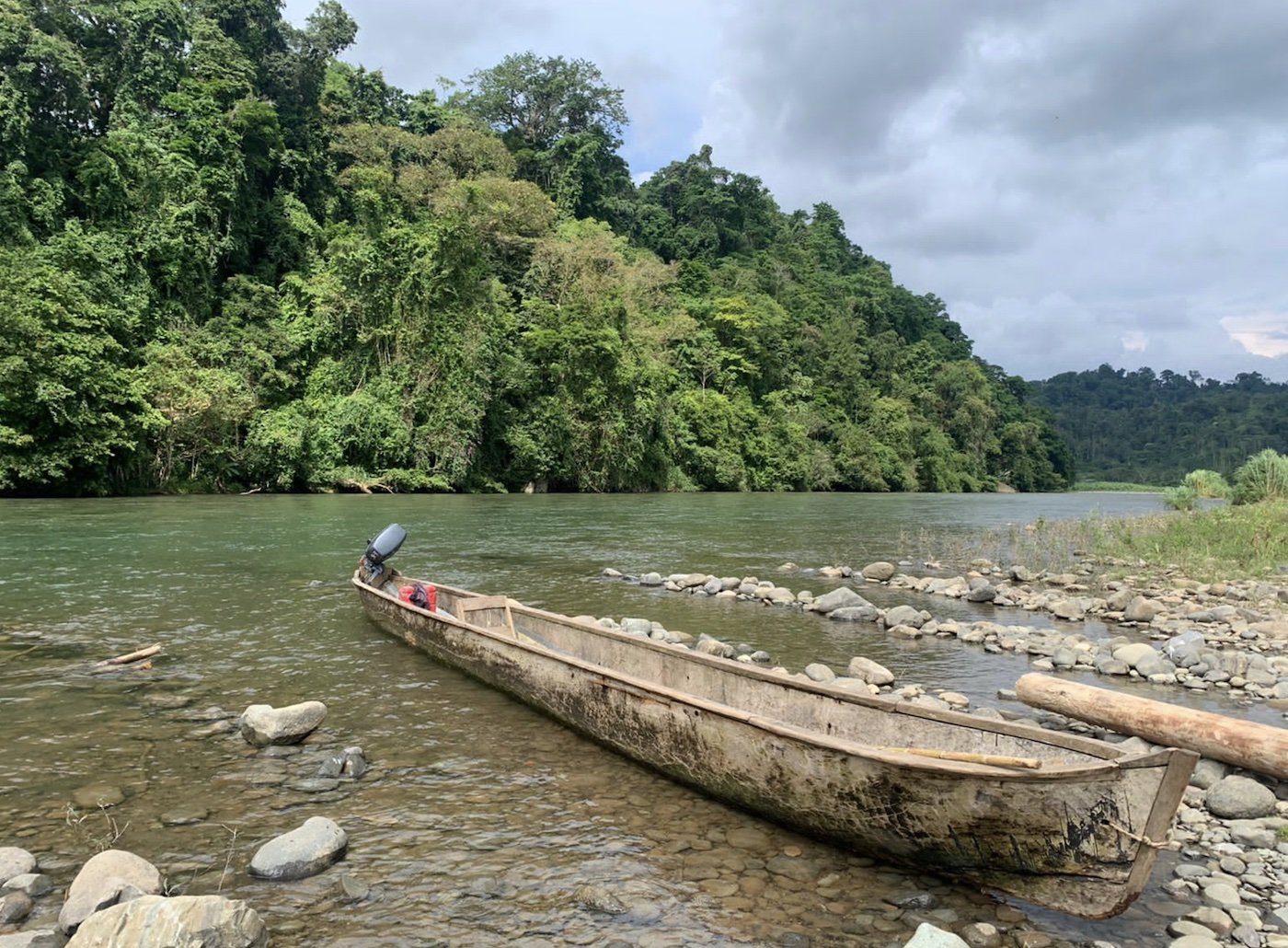Protecting The Naso Kingdom And La Amistad World Heritage Site
This month, the Global Conservation Central America team kicked off a new GC Project with the Naso People of Panama to protect La Amistad International Park.
Working with the Amazon Conservation Team, the government’s park authorities, and a new 60-person Indigenous Protection Force, Global Conservation will deploy Global Park Defense to protect over 400,000 acres of intact, pristine, and highly biodiverse forests and wildlife habitats.
Global Conservation’s collaboration with the Naso People is core to our work in the park and wildlife protection of La Amistad International Park (Parque Internacional La Amistad, PILA), a UNESCO World Heritage Site that is shared between Costa Rica and Panama. Covering nearly 800,000 acres of the Talamanca mountain range, it is the largest and most remote nature reserve in Central America.
It is an incredible biodiversity resource for both the region and the world, harboring about 20% of Central America’s species diversity. Hunting, illegal resource extraction, forest fires, land tenure issues, and the propagation and trafficking of illicit drugs pose threats to this amazing landscape.
All of these contribute to habitat loss, escalating conflicts between jaguars and livestock, as well as between peccaries and farmers. Weak cell and internet service interfere with the ability to respond efficiently to illegal activity.
Currently, Global Conservation is providing Global Park Defense training for the national park to improve the capacity of La Amistad rangers to organize patrols using SMART systems and to strengthen the community ranger program with the Naso People.
During our mission this month, we held meetings with the Council of Seven Communities of the Naso Kingdom to solidify areas of cooperation for protecting the Naso Kingdom and PILA's forests and wildlife.
Led by Max Villalobos, Director of Central America, we presented Global Conservation’s strategy in Panama to protect Darien and La Amistad National Parks and Coiba Marine National Park—all three of Panama’s natural UNESCO World Heritage Sites. With the Naso Kingdom, we agreed on an initial 18-month Pilot protection program focusing on two high-threat and high-biodiversity areas of the Naso Kingdom.
This Global Park Defense program will provide funding, equipment, and training for Naso Protection Teams working closely with the National Park Authority, Border Police, Department of Justice, and Environmental Police to stop illegal land invasion, land clearing, illegal logging, and wildlife poaching over the 200,000 acres now legally under the Naso Kingdom.
Our support will include:
Communications
Surveillance
SMART Patrolling
Community Teams
Ranger Stations
Uniforms, Boots and Equipment
Training
The Amazon Conservation Team is a key partner on this project.
We will also support legal and prosecution support for cases of arrests or land invasions.If the pilot proves successful, with greatly increased patrolling and arrests, and interdictions of illegal activities, Global Conservation will consider a full 5-year GC Project, including development of eco-tourism and lodges, a Naso guide association, and REDD+ Carbon financing.
Priorities for deploying Global Park Defense this year in PILA include:
Expanding the number of Community Rangers and enabling the 60-strong Naso Protection Force with equipment, systems and training
Design a camera trap network based on coverage and accessibility.
Provide firearms training for park rangers covering safety, maintenance, and shooting.
Procure equipment for extended patrols, including hammocks, packs, and flashlights.
Establish joint patrols between Costa Rica and Panama.
Provide satellite internet for remote bases, and an internet booster for the main office command center.
Analyze flyover and satellite imagery to identify trails, deforestation, or possible hunting camps.
Implementing Global Park Defense in La Amistad is critical for protecting Central America’s last intact primary forests and declining populations of jaguars and endangered white-lipped peccaries, as well as conserving some of the most unique habitats in Central America.
The Naso’s traditional palace where council meetings are held.
About the Naso People and their Indigenous Land Rights
In 2021, the Naso people of Panama won the rights to ancestral territory in a landmark court ruling. Under this ruling, the tribe will now help manage two national reserves, including PILA. Evidence has shown that indigenous people are often the best stewards of their land. In fact, deforestation rates in Naso are only a fraction of those in areas protected by the Panamanian government.
Panama's Supreme Court ruling upholds the claim of the Naso people to create a semi-autonomous territory covering 400,000 acres of ancestral land. The indigenous Naso, who number about 3,500, live in villages, grow subsistence crops, maintain their own forests and native language, and elect their own monarch.
While PILA will continue to exist, it will now be managed jointly by the Naso and the Panamanian government.
Panama is one of the most forested countries in Central America, with more than 60% tree cover, ranging from coastal mangroves to cloud forests.
The Naso people say conservationists should be applauding the decision, as they are best positioned to exclude land invaders and stop the advance of cattle ranching.
About Amazon Conservation Team
The Amazon Conservation Team partners with indigenous and other local communities to protect tropical forests and strengthen traditional culture. We see a future where healthy tropical forests and thriving local communities exist in harmonious relationship with each other, contributing to the well-being of the planet. We believe that conservation is our moral and ethical duty. We are a part of Nature, not apart from it. Nature is our home, not our servant.
We believe that tropical forests and the local communities that dwell within them are interdependent parts of one whole. We work to protect and strengthen both. We succeed because we are invited to collaborate with our partners. Our relationships with the communities endure because they are built on a foundation of unqualified respect, cooperation, and reciprocity. We seek guidance, hope, and strength from our indigenous elders. We acknowledge that we may never fully understand their realities.
We believe that the knowledge and practices of indigenous and local communities are key to conservation. We also believe that traditional knowledge and western technology can work together to manage and protect the forest and strengthen the communities. We believe that strong traditional healers and leaders, and the transfer of their knowledge and culture to successive generations, are essential for sustaining their communities, and therefore, the forest.













